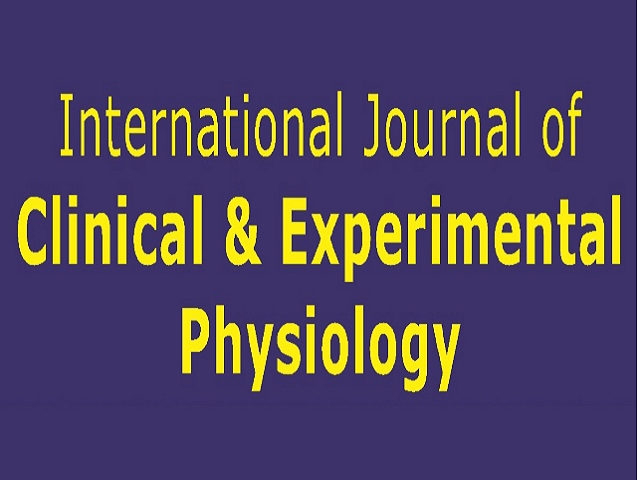Toxicity and Pharmacological Effect of Paeogly Antispastic Capsule for Gastrocnemius Cramps: Fundamental Study
Abstract
Background and Aim: We have conducted a fundamental study to make a prescription with paeoniflorin (main component of Paeonia albiflora Palls) which has sedation effect, antispastic effect, analgesic effect, dilate peripheral vessels, and glycyrrhizin (main component of Glycyrrhiza uralensis Fisch) which has analgesic effect, sedation effect, anti-inflammatory effect and to make capsule in order to treat gastrocnemius cramps. Gastrocnemius cramps which are also called nocturnal gastrocnemius cramps or sleep-related gastrocnemius cramps produce pain and disrupt sleep. Most of them can be idiopathic. Vitamin B complex, Vitamin E, diphenhydramine, diltiazem, verapamil, gabapentin, carisoprodol, orphenadrine and other medications are used for gastrocnemius cramps but they are limited in use due to weak evidence for their efficacy and several side effects. Methods: Female white rats with 20-25 g in body weight and female wistar rats with 100-120 g in body weight were used as experimental animals and Paeogly antispastic capsule (0.3 g per capsule) which consists of 0.15 g extract powder from Paeonia albiflora Palls and 0.1 g extract powder from Glycyrrhiza uralensis Fisch in distilled water was used as drugs. To verify the toxicity of Paeogly antispastic capsules, acute toxicity experiment was done with maximum injection method and in subacute toxicity experiment, the drug was administrated with the dose of 160 mg/kg/d for 60 days using sonde, measuring the body weight every 30 days then peripheral blood test and blood biochemistry test, measuring organ index of parenchymal organs at 60th day after administration. To verify the pharmacological effect of the Paeogly antispastic capsules, cramp models were made with subcutaneous injection of strychnine nitrate 0.06 mg/100g, diabetic models were made with injection of 5% alloxan in physiological saline (5 mg/100g). Study group was given Paeogly antispastic capsules (0.3 g) in 6 mL of distilled water 200 mg/kg daily for 3 days using sonde and the control group was given only distilled water. Finally, we did electromyogram in gastrocnemius an hour after administration. Results: The maximum injection amount of Paeogly antispastic capsules is 800 mg/kg and no abnormal findings were found in body weight, peripheral blood test, biochemical test and organ index during subacute toxicity experiment. Conclusion: Paeogly antispastic capsules fastened the nerve conduction velocity of gastrocnemius in cramp models and diabetic model white rats, shortened the inertia time of M wave.






